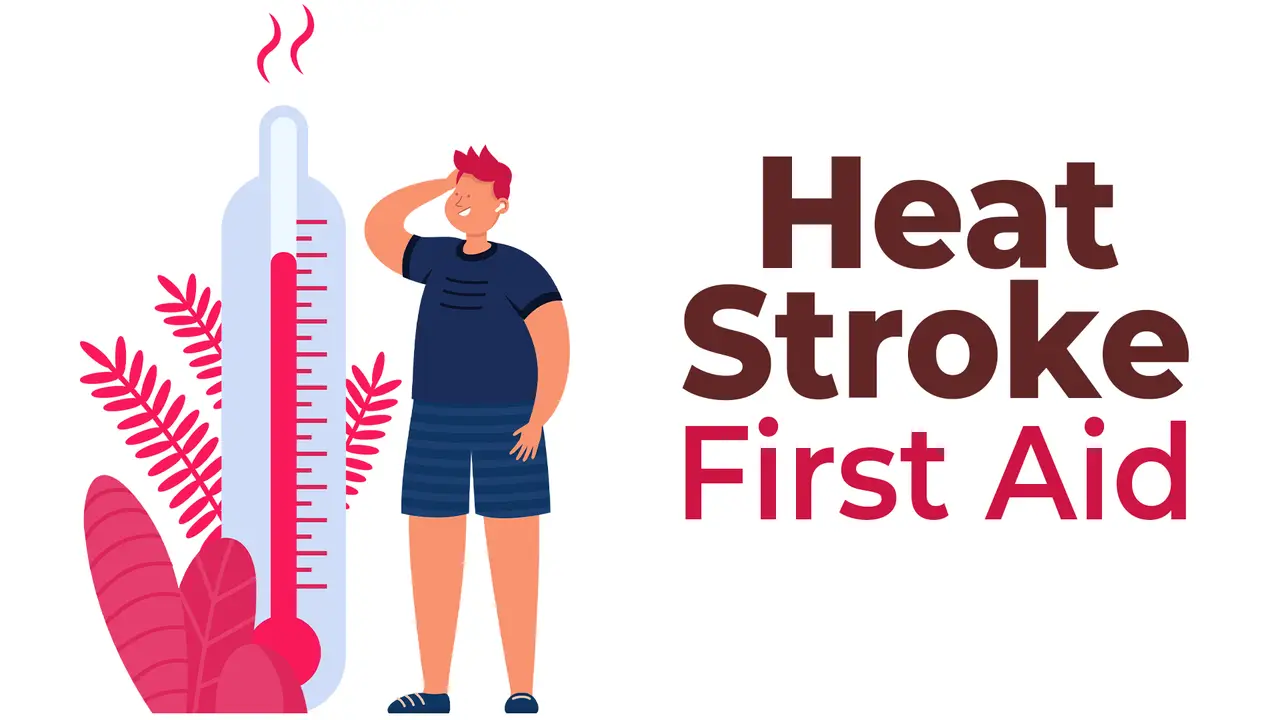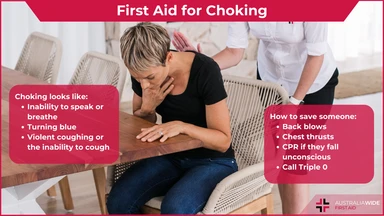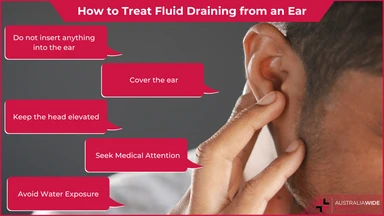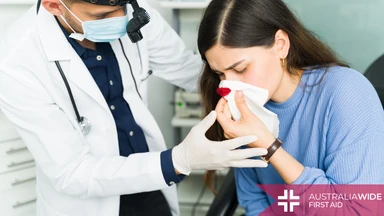First aid for heat stroke/sun stroke


First aid treatment for heat stroke is critical. Heat stroke is a life-threatening medical emergency that requires immediate action. It is the most serious form of heat-induced illness.
The causes of heat stroke usually result from working or exercising in a hot environment, indoors as well as outdoors. Warning signs are usually present that heat stroke is looming. It is crucial not to ignore these warning signs. Core body temperature may rise to a dangerously high level within only 10 to 15 minutes. Left untreated, heat stroke can quickly damage the brain, heart, kidneys and muscles. Immediate, active intervention is necessary to avoid coma and death.
The aim of administering first aid treatment is to rapidly cool down core body temperature while waiting for emergency services to arrive.
Heat stroke, also known as sun stroke, is a condition by which the body itself overheats. The body’s temperature regulation centre in the brain ceases to function properly.
With life-threatening core temperatures above 40.6 º C, heat stroke is also known as ‘core temperature emergency.’ The longer treatment is delayed, the greater the risk of serious complications or death.
Heat stroke occurs most during the summer months and on days with high temperatures and/or high humidity, especially when also engaging in vigorous activity.
In the type of heatstroke known as non-exertional (classic) heat stroke, exposure to a hot environment leads to a rise in core body temperature. This is more likely to be the case in children or adults spending time in the sun without any sun protection such as hats and umbrellas. It is also more common in older adults and people with chronic illnesses.
Exertional heat stroke is where core body temperature has been brought on by intense exercising or working in hot weather or environment either indoors or outdoors.
In either type, the risk of heat stroke increases if clothing prevents sweat from evaporating easily to cool the body. So too if the person fails to drink enough water to replenish fluids lost through perspiration.
Drinking alcohol can also affect the body's ability to regulate temperature. The body’s ability to cope with extreme heat is linked to the strength of the central nervous system. The central nervous system is not fully developed in the very young and it’s often deteriorating in adults over 65.
Both age groups usually find it difficult to stay hydrated, which also increases risk. Sudden exposure to hot weather, such as during a heat wave or travel to a hotter climate, will also increase the risk of heat stroke. Some medications affect the body's ability to stay hydrated and respond to heat.
Care needs to be taken in hot weather by people who take vasoconstrictors (medications that narrow blood vessels), beta blockers (blocking adrenaline to regulate blood pressure), diuretics (reduce sodium and water in the body), or antidepressants or antipsychotics.
Stimulants for ADHD (attention-deficit/hyperactivity disorder), as well as amphetamines and cocaine also increase the risks for heat stroke. Certain chronic illnesses, such as heart or lung disease, could increase the risks of heat stroke. So too can obesity, being sedentary, as well as having had heat stroke previously.
The earliest signs of heat stroke appear as changes in the functioning of the brain and the nervous system. All body organs are affected in this perilous condition.

Early recognition together with prompt, effective heat stroke first aid is critical.

Recovery, following quick and effective heat stroke treatment, will usually take a day or two in hospital. Generally there are few problems afterwards, although some heat stroke sufferers may be left with increased sensitivity to hot weather.
If organ damage is detected, recovery from heat stroke will be considerably longer. It may take 2 months to a year.
This damage is caused by swelling and ranges from fair to poor. As complications increase, the prognosis changes dramatically for the worse. When permanent damage has impacted the brain, the lungs, liver, kidneys, the effects will be long-term.
Heat stroke can be prevented. The body has some natural defence mechanisms against excessive heat — sweating dissipates heat through the skin and through lung moisture evaporation. Precautions in hot weather are nevertheless recommended.


October 13, 2023
Choking occurs when an object or a piece of food becomes lodged in the throat, blocking the airway. The adult or child will have difficulty breathing, and may lose consciousness. Quick and effective action is essential to prevent severe consequences and death.

September 22, 2023
Knowing how to provide first aid for fluid draining from an ear is crucial to alleviate discomfort and potentially prevent complications.

July 31, 2023
This article covers treatment/first aid for nose bleeds, and also covers all of the common misconceptions and myths about treating a bleeding nose.